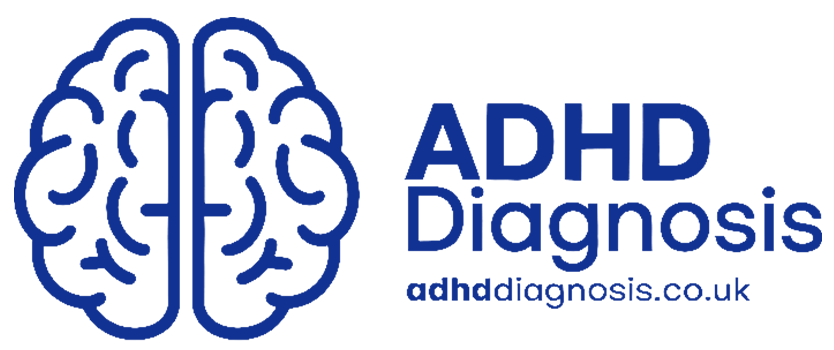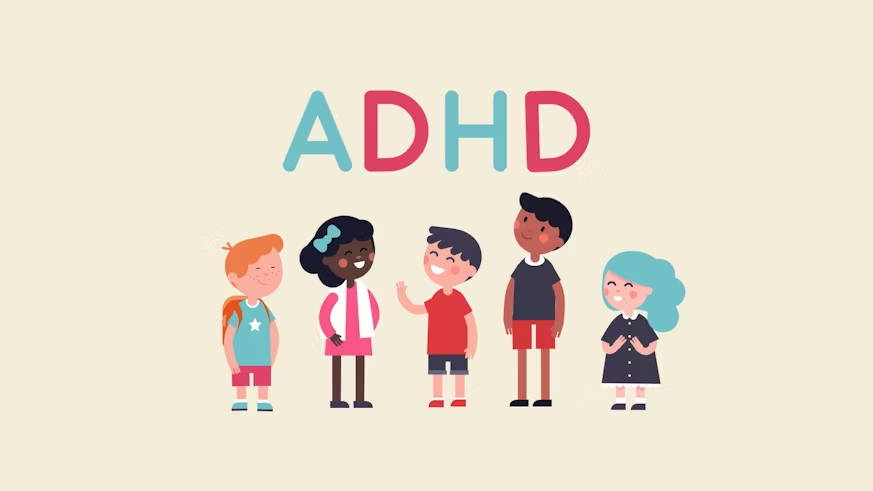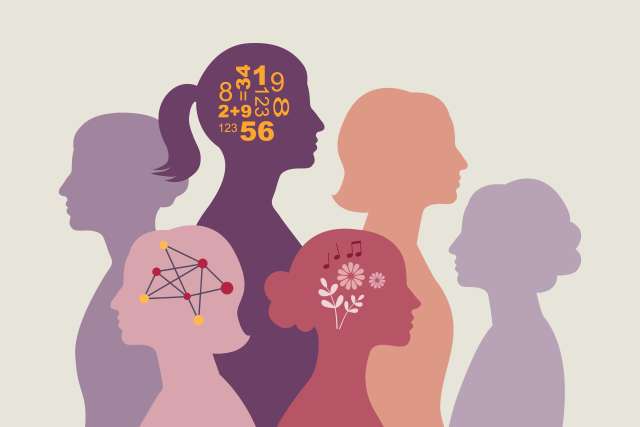Introduction
Attention Deficit Hyperactivity Disorder (ADHD) is one of the most commonly diagnosed neurodevelopmental disorders, affecting millions of children and adults worldwide. However, despite increased awareness and improved diagnostic tools, ADHD is frequently misdiagnosed. This can lead to inappropriate treatments, overlooked underlying conditions, and long-term emotional and developmental challenges. In this post, we’ll explore the reasons why ADHD is often misdiagnosed, the consequences of incorrect diagnoses, and how to ensure a more accurate evaluation.
What is ADHD?
ADHD is a condition characterised by persistent patterns of inattention, hyperactivity, and impulsivity that interfere with daily functioning or development. It affects both children and adults, although symptoms may present differently depending on age and environment.
There are three main types of ADHD:
- Inattentive type – Difficulty maintaining focus, following instructions, and staying organised.
- Hyperactive-impulsive type – Excessive fidgeting, difficulty staying still, and acting without thinking.
- Combined type – A mix of both inattentive and hyperactive-impulsive symptoms.
Why is ADHD Often Misdiagnosed?
ADHD misdiagnosis can occur for several reasons, including overlapping symptoms, lack of awareness, and biased evaluation processes. Here are the key factors contributing to misdiagnosis:
1. Overlapping Symptoms with Other Conditions
ADHD shares symptoms with various other mental health and developmental disorders, including:
- Anxiety – Difficulty concentrating, restlessness, and irritability can be mistaken for ADHD.
- Autism Spectrum Disorder (ASD) – Social difficulties, repetitive behaviours, and hyperfocus can mimic ADHD symptoms.
- Depression – Lack of motivation, trouble focusing, and fatigue may be interpreted as ADHD.
- Learning Difficulties – Struggles with schoolwork can lead to incorrect assumptions about attention deficits.
2. Environmental and Social Factors
- Stress at Home or School – Family conflicts, bullying, or academic pressure can cause inattention and behavioural issues resembling ADHD.
- Sleep Deprivation – Lack of quality sleep can lead to irritability, hyperactivity, and poor concentration.
- Poor Nutrition – Diets high in sugar and processed foods have been linked to attention difficulties.
3. Gender and Age Bias in Diagnosis
- Underdiagnosis in Girls – Girls with ADHD are more likely to present with inattentive symptoms (e.g., daydreaming), which are less disruptive and more easily overlooked.
- Overdiagnosis in Boys – Boys are more likely to exhibit hyperactive and impulsive behaviours, leading to a higher rate of diagnosis — even when the symptoms may stem from other causes.
- Age-Related Behavioural Norms – Younger children in a classroom setting are more likely to be misdiagnosed with ADHD because they naturally exhibit shorter attention spans and higher activity levels.
4. Lack of Comprehensive Evaluation
ADHD diagnosis requires a thorough assessment, but in many cases:
- Medical professionals rely on parent or teacher reports without conducting independent behavioural observations.
- Short consultation times can lead to rushed or incomplete evaluations.
- Inadequate screening tools may fail to distinguish between ADHD and other conditions.
Consequences of Misdiagnosis
Misdiagnosing ADHD can have significant and lasting effects, including:
✅ Inappropriate Medication – Stimulant medications used to treat ADHD can cause side effects like sleep problems, appetite loss, and increased anxiety when prescribed unnecessarily.
✅ Unaddressed Underlying Issues – Conditions like anxiety, depression, or trauma may go untreated if misdiagnosed as ADHD.
✅ Emotional and Academic Challenges – Incorrect labelling can lead to feelings of inadequacy, low self-esteem, and academic underperformance.
✅ Social Difficulties – Misdiagnosis may result in inappropriate social interventions, causing further isolation and difficulty with peer relationships.
How to Ensure an Accurate ADHD Diagnosis
To minimise the risk of misdiagnosis, consider the following steps:
1. Seek a Specialist
Consult with a child psychologist, psychiatrist, or paediatric neurologist experienced in diagnosing ADHD.
2. Comprehensive Evaluation
Ensure the diagnostic process includes:
- Clinical interviews with parents, teachers, and the child
- Direct behavioural observations
- Medical history and developmental assessments
3. Rule Out Other Conditions
A thorough evaluation should include screening for anxiety, depression, learning difficulties, and sleep disorders to ensure that ADHD is the most accurate diagnosis.
4. Consider Environmental Factors
Evaluate whether behavioural issues stem from stress, trauma, or lifestyle factors rather than a neurodevelopmental condition.
Conclusion
ADHD misdiagnosis is a widespread issue that can have serious consequences for both children and adults. Overlapping symptoms, environmental influences, and gender biases all contribute to the challenge of accurate diagnosis. By seeking a specialist, ensuring a comprehensive evaluation, and ruling out other conditions, you can improve the chances of receiving a correct diagnosis and the right support.
Need Help with an ADHD Diagnosis?
If you suspect that you or your child may have ADHD — or have been misdiagnosed — it’s important to seek expert advice. At ADHD Diagnosis, we specialise in thorough and accurate ADHD assessments for children and adults. Our team of experienced specialists will work with you to create a tailored treatment plan that supports long-term success.
👉 Book an appointment today at adhddiagnosis.co.uk and take the first step towards a clearer understanding and better care.







